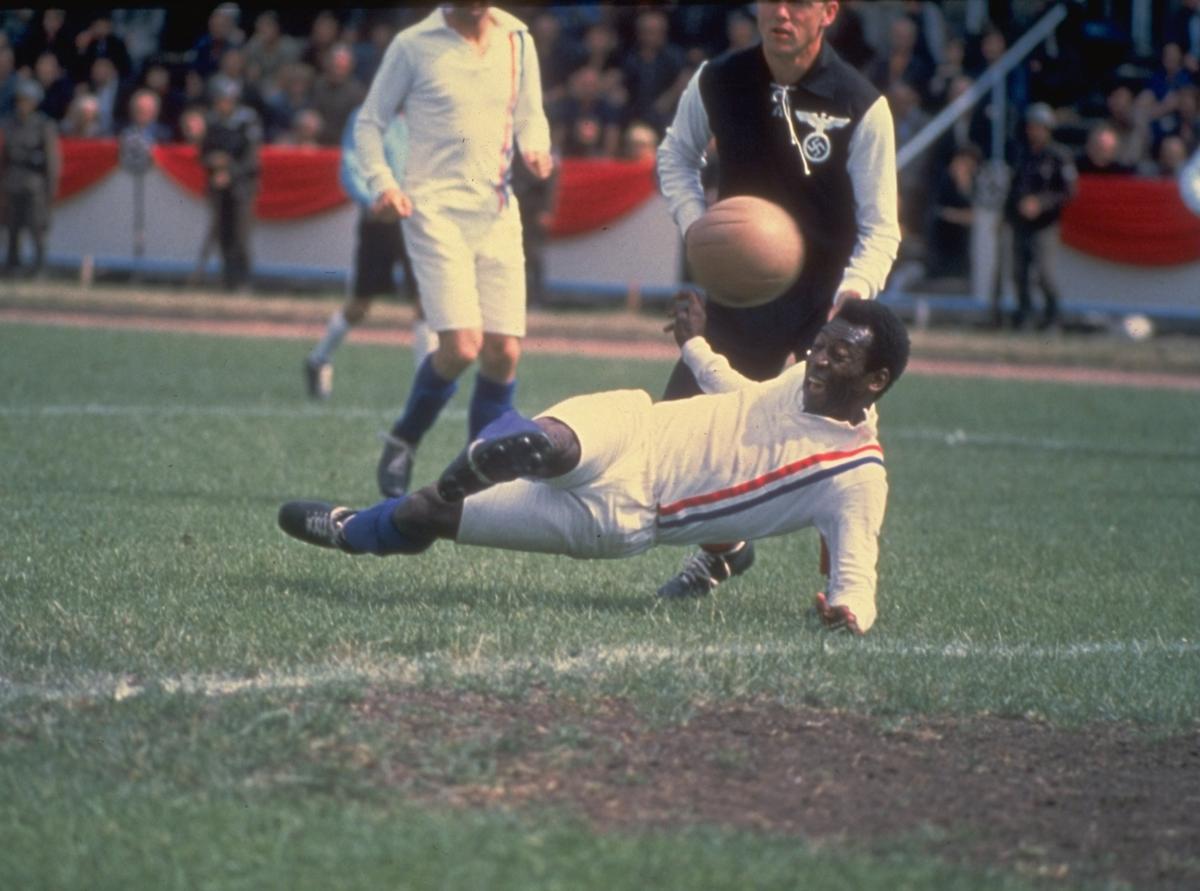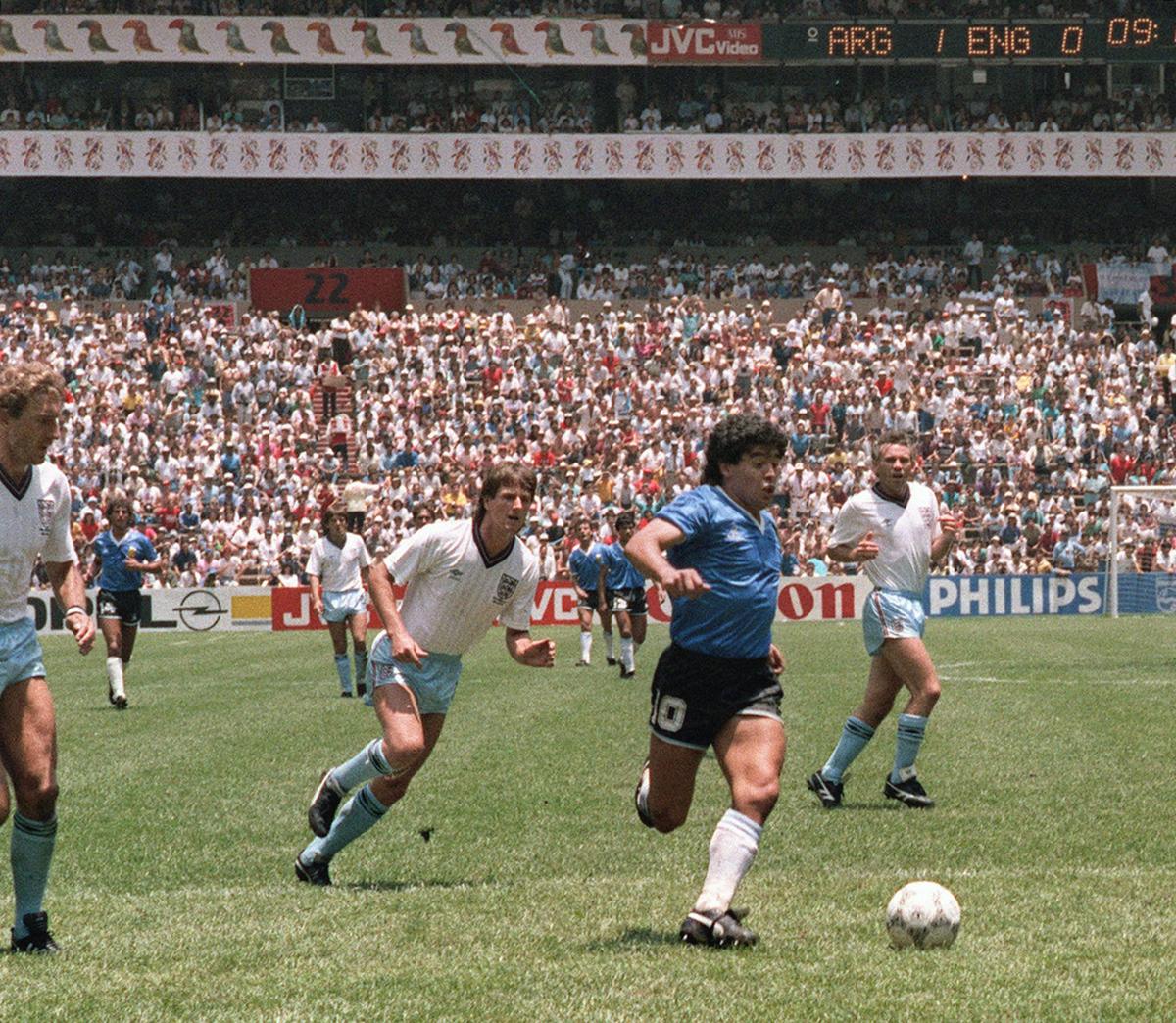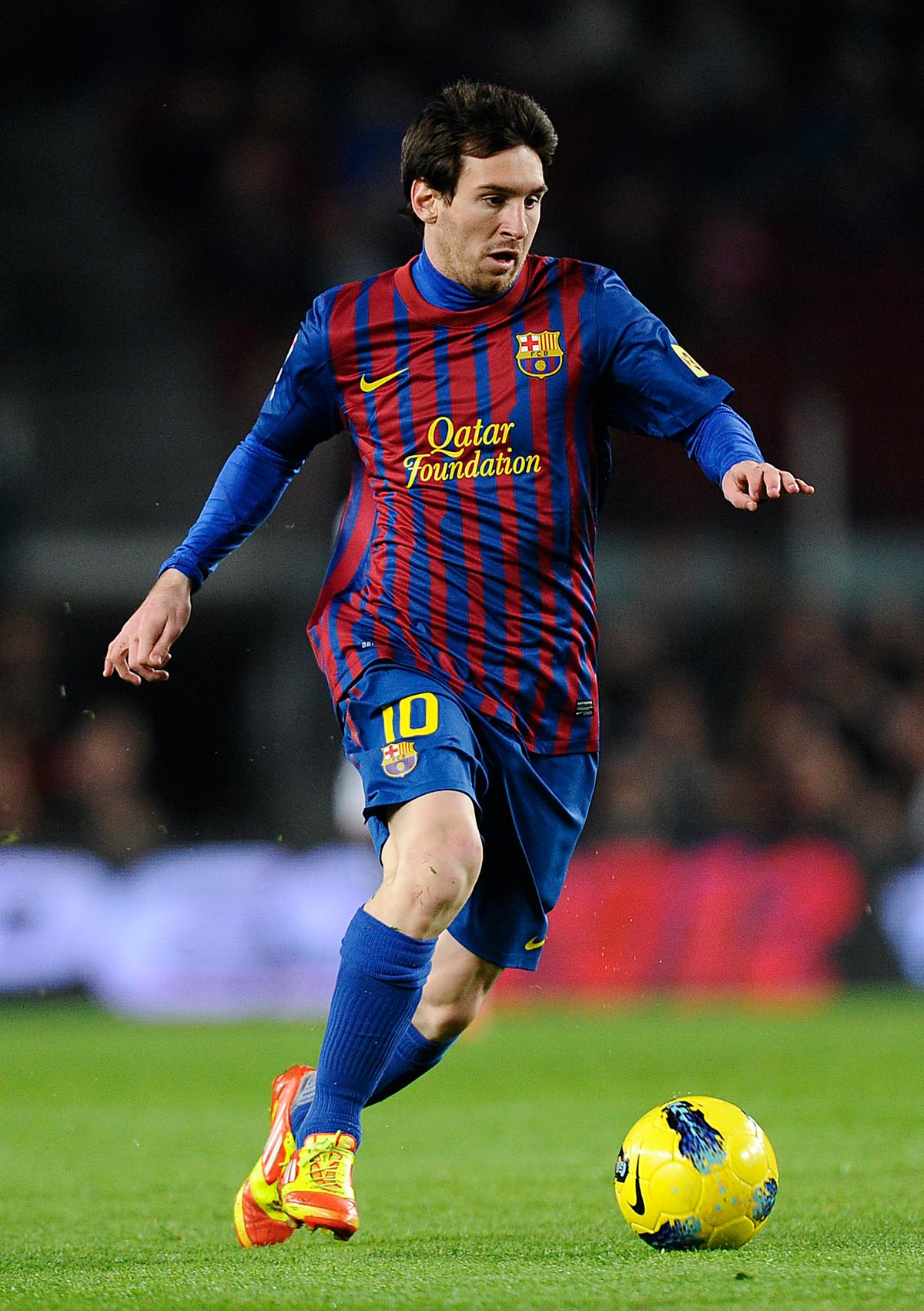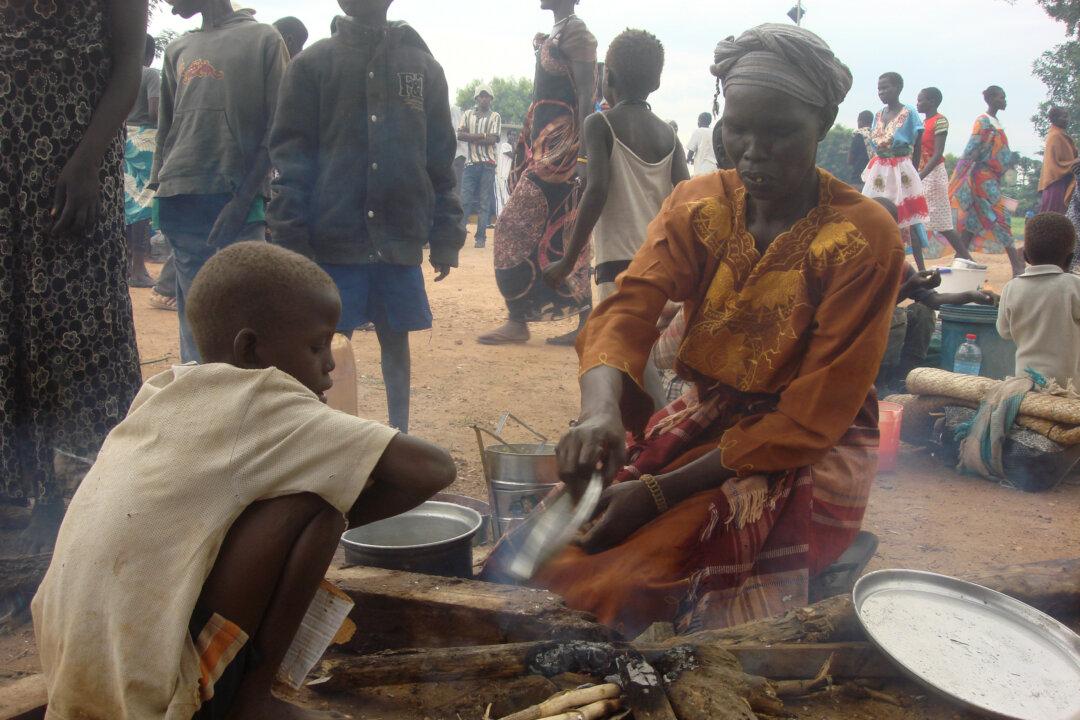With Messi’s latest performances, there should now be no doubt: He belongs in soccer’s “Holy Trinity” with Pelé and Maradona. Although there have been many outstanding players, those three are the most enduring stars in the world’s most popular sport. The three of them have been considered by different observers as the best player in soccer’s history, but a more nuanced analysis shows that, despite some differences, it is practically impossible to choose one over the two others.
During his career, Pelé (born October 21, 1940) scored 1281 goals in 1363 games, including among them unofficial friendly and tour games. He is listed in the Guinness Book of World Records as the football player who scored the most goals during his career. A man with a strong social conscience, Pelé was very vocal in his support of policies to improve the social conditions of the poor in Brazil. Because of his achievements as a player, in 1961 he was declared a national treasure by Brazil’s president Janio Quadros.
Perhaps he is the only player ever who held up a war: When he arrived in Nigeria with the Brazilian team Santos during the Biafra War, a two-day cease fire was declared so that the people could enjoy the presence of the “The King” of the beautiful game.

Pelé of Brazil scores the equalizing goal for the Allied POW’s during the match against Germany in Paris featured in the filming of ‘'Escape to Victory” in 1982. (Allsport UK /Allsport)
Nobody explains better than Eduardo Galeano, the Uruguayan writer, Pelé’s soccer style. In his book “Soccer in Sun and Shadow” Galeano writes, “When Pelé ran hard, he cut right through his opponents like a hot knife through butter. When he stopped, his opponents got lost in the labyrinths his legs embroidered. When he jumped, he climbed into the air as if it were a staircase.” And then he adds, “But those of us who were lucky enough to see him play received alms of extraordinary beauty: moments so worthy of immortality that they make us believe that immortality exists.”
While Pelé’s behavior is that of a gentleman, Maradona (born October 30, 1960) still behaves like the street urchin that he was as a child. Nobody, however, can deny how great (and controversial) Maradona was as a player. He was joint FIFA (Fédération Internationale de Football Association) Player of the Century with Pelé. Maradona reached the peak of his professional career playing for the Italian club Napoli, elevating the team to the most successful era in its history.
Led by Maradona, Napoli won twice the Serie A Italian Championships in 1986-87 and 1989-90, the Coppa Italia in 1987, the UEFA (Union of European Football Associations) Cup in 1989 and the Italian Supercup in 1990. His achievements for Napoli made him revered like a religious figure in that city, where many streets in the center of town have a shrine or mural dedicated to Maradona.
But it was his extraordinary performance during the 1986 World Cup in Mexico when he attained lasting fame. The second goal he then scored against Great Britain was voted by FIFA as the greatest goal in the history of the World Cup. During that game, just four minutes after his infamous “Hand of God” goal (he later acknowledged that he had hit the ball not with his head but with his hand), Maradona received the ball in his own half of the field, turned skillfully around, and with 11 touches ran more than half the length of the field. He dribbled past five English outfield players (Peter Beardsley, Steve Hodge, Peter Reid, Terry Butcher, and Terry Fenwick) and finally sent the ball past goalkeeper Peter Shilton into the net.

Argentinian forward Diego Armando Maradona runs past English defenders Terry Butcher (L) and Terry Fenwick (2nd L) on his way to scoring his second goal during the World Cup quarterfinal soccer match between Argentina and England on June 22, 1986 in Mexico City. (AFP/Getty Images)
Talking on BBC Radio, Bryon Butler thus described Maradona’s moves: “Maradona turns like a little eel, he comes away from trouble, little squat man…comes inside Butcher and leaves him for dead, outside Fenwick and leaves him for dead, and puts the ball away…and that is why Maradona is the greatest player in the world.” Michel Platini, UEFA President, stated succinctly, “What Zidane [the famous French player] could do with a ball, Maradona could do with an orange.”
Unlike bombastic Maradona, the other member of the Holy Trinity, Lionel Messi, is a quiet, almost taciturn person. A short man born in Rosario, Santa Fe Province in Argentina on June 24, 1987, he has arguably been the world’s best player for at least four of the last five years. He is the first player in history to win four FIFA Ballons d’Or, as well as the first to win three European Golden Shoe awards. In addition, he is the first and only player to score the most goals in four consecutive Champions League Campaigns. He can be called “the record breaker” because he has broken so many.
He takes advantage of his short stature (5-feet-7- inches) to dexterously move among his rivals and send the ball into the opposing net, which turns into a magnet for him. Eyes fixed on the net, nothing distracts him from his main objective. Hernán Casciari, an Argentine writer living in Barcelona and one of Messi’s greatest fans explains, “He looks as if in a trance, as if hypnotized; he only wants the ball to go into the rival’s net, he doesn’t care about the sport, nor the final result, nor the regulations of the game. One has to see his eyes to understand this: he looks cross-eyed, as if he has difficulties reading a subtitle; he focuses on the ball and doesn’t lose sight of it even if they knife him.”
In comparing them, one is tempted to choose the best among them. Alas, it is a futile exercise. They are different but equal in their superior quality. They have remained iconic figures through time and they represent, and probably will for the foreseeable future, the greatest among the best.
Dr. Cesar Chelala is a co-winner of an Overseas Press Club of America award.

Lionel Messi of FC Barcelona runs with the ball during the La Liga match between FC Barcelona and Rayo Vallecano at Camp Nou on November 29, 2011 in Barcelona, Spain. Barcelona won 4-0. (Photo by David Ramos/Getty Images)




